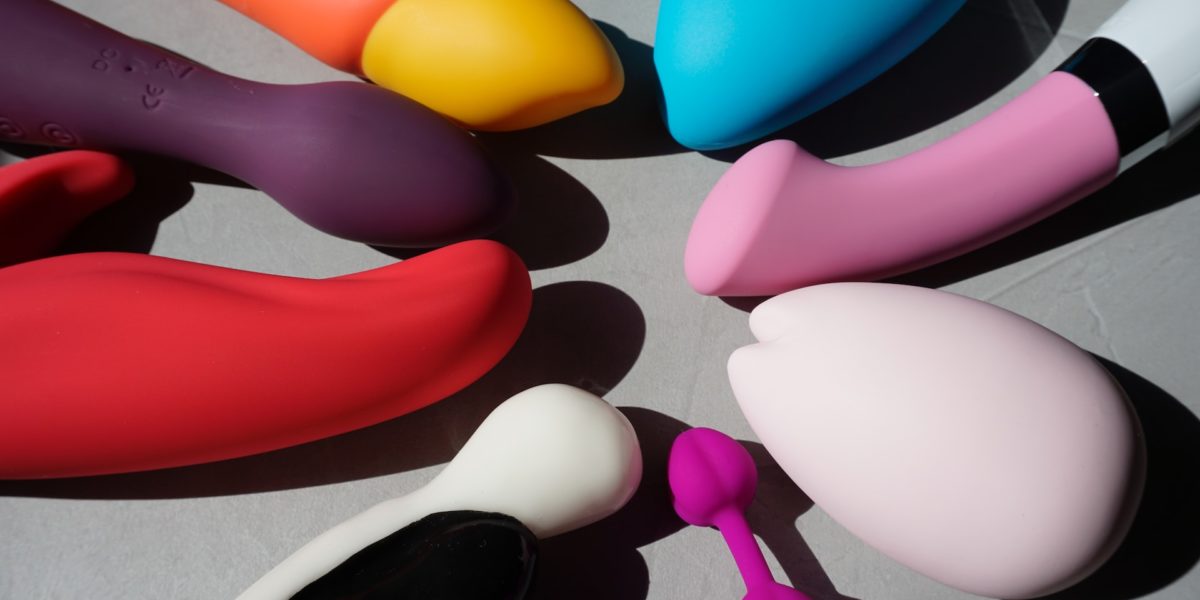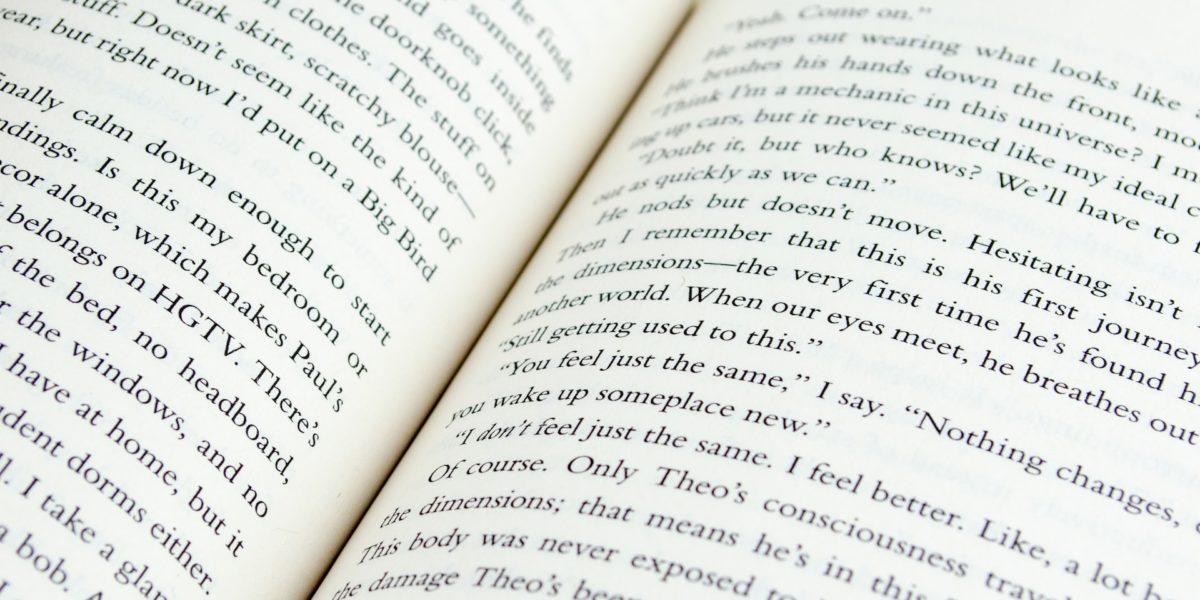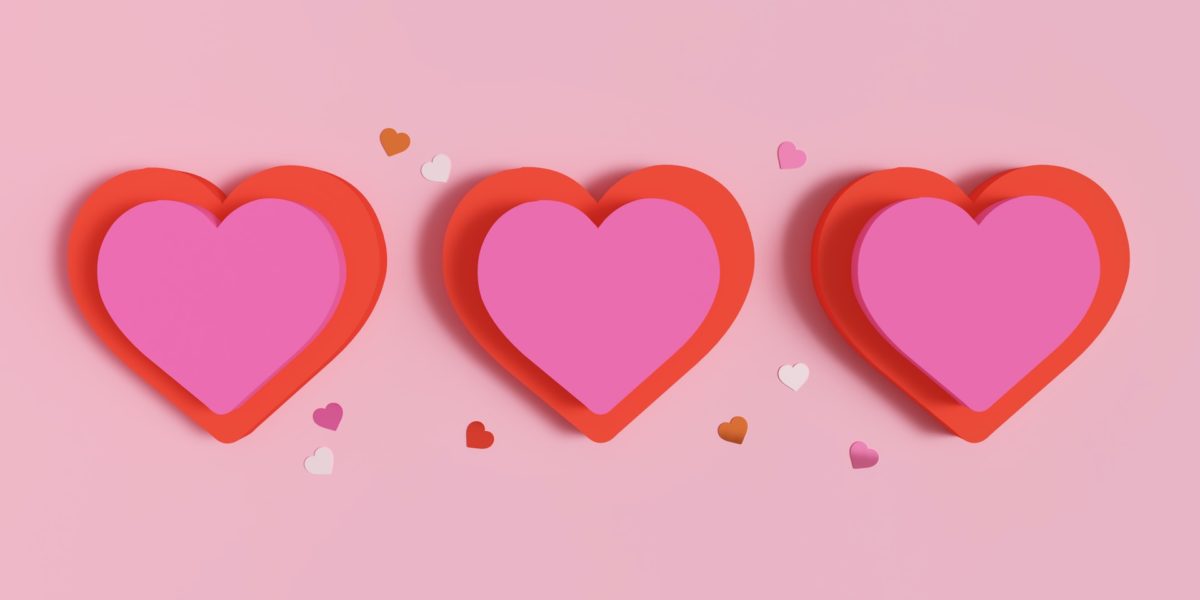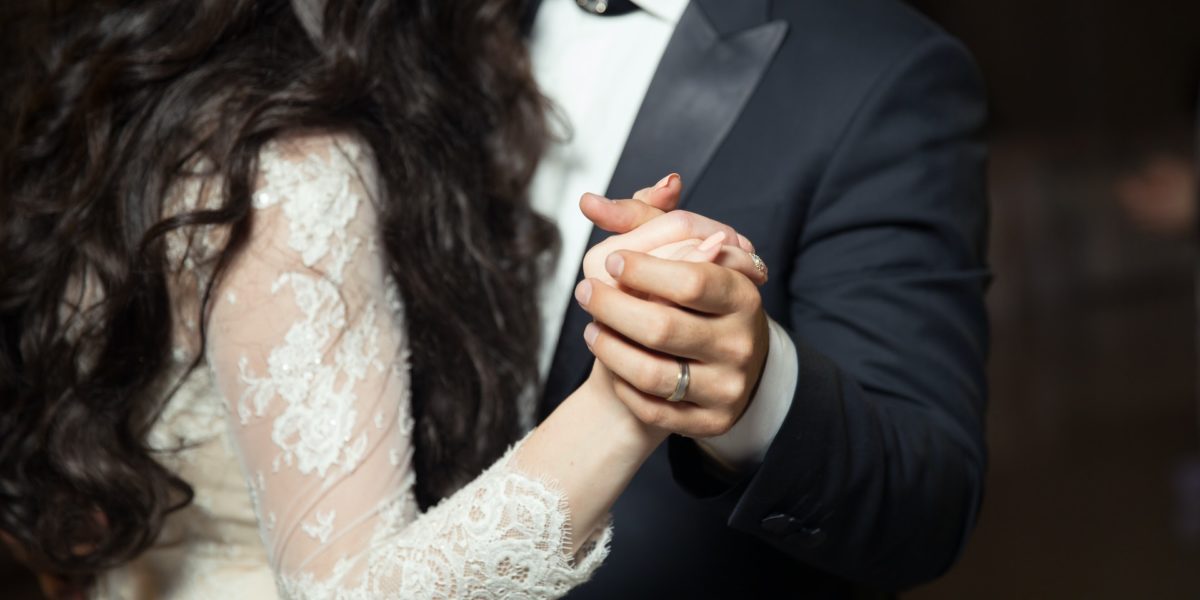A princess in peril is rescued by a prince on a white horse, and they live happily ever after. We’ve all grown up with stories and clichés that have unconsciously influenced our image of love. Love, designed explores these stereotypes and shows how design guides the way we both seek and ‘consume’ love.
Changing phenomenon
We like to think that we ourselves choose who and how to love. But appearances can deceive. Our choices are guided and our image of love has been unconsciously conditioned since our childhood. This image, designed largely by ourselves, is normative, rooted in gender inequality and racially discriminating. It is dated and was never actually universal at all. Our idea of love is changing all the time, not least in response to important societal questions and shifts in public opinion. Take the influence of #MeToo, trans legislation and social issues such as gender discrimination. But also new technological developments like chatGPT and the metaverse. This exhibition takes place at a time when our perception and experience of love are changing rapidly.
Love is…
There’s no ready-made answer to the question of what love actually is. Biologists, anthropologists and sociologists see it as a biological system consisting of bonding, intimacy and passion. According to the anthropologists, bonding and passion are universal, while ‘falling in love’ is a construct. Historians interpret love in terms of the standards, values and customs of a given period, while psychology speaks of ‘a relationship from which feelings can arise’. Philosophers have their own ideas too. Plato, for instance, stated in his Symposium that love is the search for your ‘other half’. Heidegger saw love as total surrender to the other person, which corresponds to some extent with Buddhism, Hinduism, Confucianism and Sufism.
Bonding, falling in love and passion
In this exhibition, we approach love as a biological, cultural and social phenomenon based on three substantive elements: bonding, falling in love and passion. We draw on a range of objects that are stereotypically associated with love to explore how it is designed, experienced and consumed. You will discover the cultural-historical background of these designs, how they have been deployed to shape our image of love, and how they ultimately became symbols of it.












